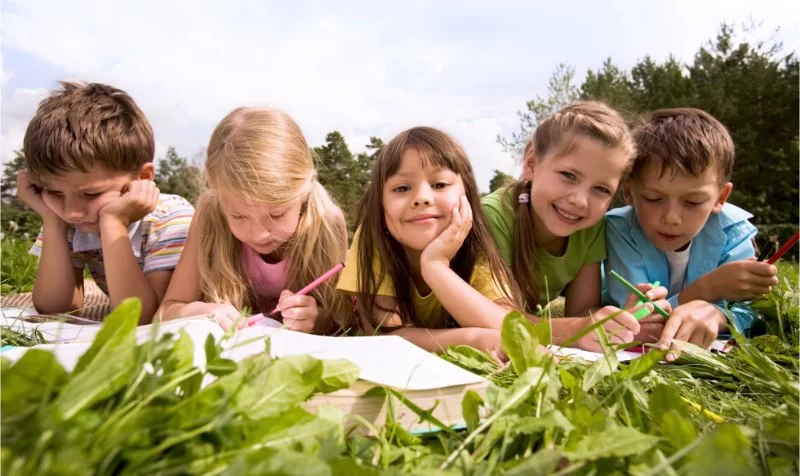- 1 - Why outdoor education matters for children
- 2 - How outdoor learning shapes child development
- 3 - Emotional and social benefits of nature education
- 4 - Real stories and modern examples
- 5 - Practical ways to integrate outdoor education
- 6 - Finding support and resources
1. Why outdoor education matters for children
The benefits of outdoor education for children go far beyond playtime. In an age where digital devices dominate daily life, outdoor learning provides balance. Nature acts as both classroom and playground, encouraging curiosity, problem-solving, and creativity. Unlike traditional indoor learning, children are free to explore, experiment, and connect with the natural world in meaningful ways.
2. How outdoor learning shapes child development
2.1 Cognitive growth
Children who spend time outdoors often develop stronger critical thinking and observational skills. For example, identifying different tree species or solving navigation challenges during a hike trains their analytical abilities while keeping them engaged in hands-on learning.
2.2 Physical health
Outdoor activities improve fitness, coordination, and motor skills. Whether it’s climbing rocks, running trails, or simple outdoor games, movement becomes natural and joyful. Studies show children who regularly engage in outdoor education also have better immune systems.
2.3 Creativity and imagination
Unlike structured indoor lessons, outdoor spaces spark unfiltered creativity. A fallen branch can turn into a magic wand, or a collection of stones can become a storytelling tool. These imaginative experiences enrich childhood development in ways textbooks cannot replicate.
3. Emotional and social benefits of nature education
3.1 Building resilience
Outdoor learning environments expose children to manageable challenges, like setting up a tent or solving a scavenger puzzle. These experiences help them build confidence and resilience, preparing them for bigger challenges in life.
3.2 Enhancing social interaction
Children often collaborate during outdoor activities—whether in small groups or as part of a camp. Working together teaches them empathy, communication, and teamwork in a natural setting, which strengthens peer relationships.
3.3 Stress relief and emotional balance
Time in nature lowers stress levels and improves mood. Parents often report children returning from outdoor camps happier, calmer, and more focused compared to purely indoor learning days.
4. Real stories and modern examples
During the rise of forest schools in Europe, educators noticed how outdoor-focused curriculums transformed shy children into active learners. A widely shared story featured a group of kids in Scandinavia who mastered basic math concepts faster when they measured natural objects like leaves and streams rather than relying only on textbooks. Similarly, many families in North America have embraced weekend outdoor programs, where children discover that their best lessons come from trails, rivers, and the night sky.
5. Practical ways to integrate outdoor education
Parents and teachers can encourage outdoor education without needing complex resources. A simple backyard garden teaches biology, patience, and responsibility. Nature walks can serve as science lessons, while camping trips double as family bonding and problem-solving workshops. The key is to create consistent opportunities for children to engage with the outdoors and let curiosity lead the learning process.
6. Finding support and resources
Families looking for structured opportunities often turn to local camps or resorts specializing in nature-based learning. At Pine Cliff Resort, families can find programs designed to combine outdoor fun with valuable educational lessons. Whether it’s guided nature walks, child-friendly camping setups, or educational kits, having trusted resources ensures every outdoor trip is both safe and rewarding.







